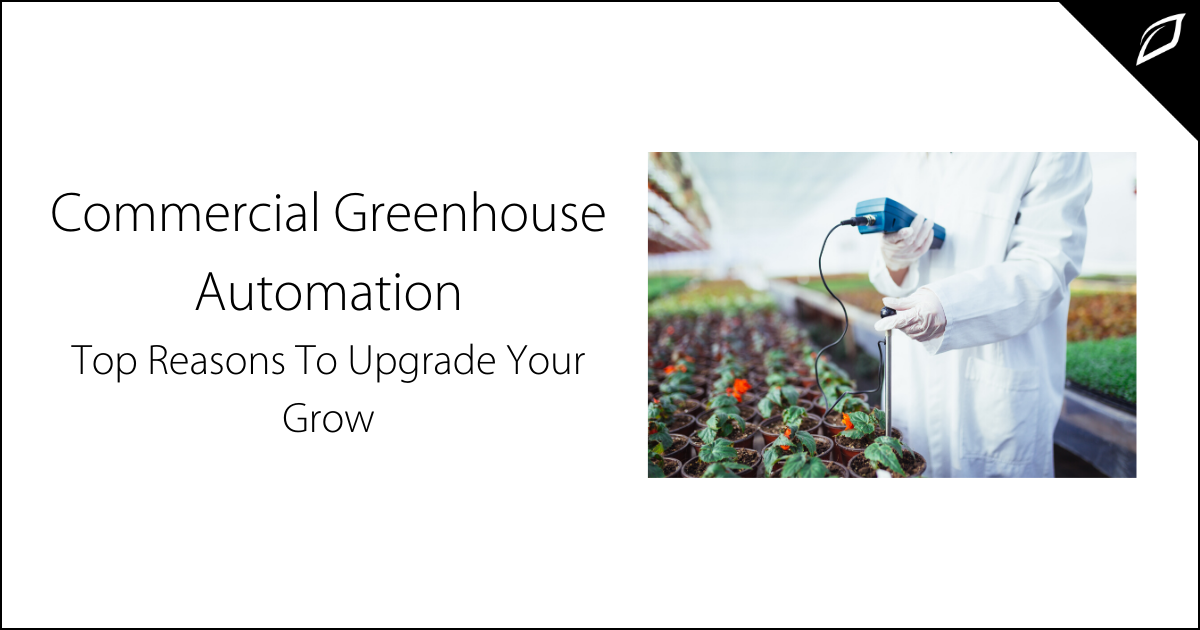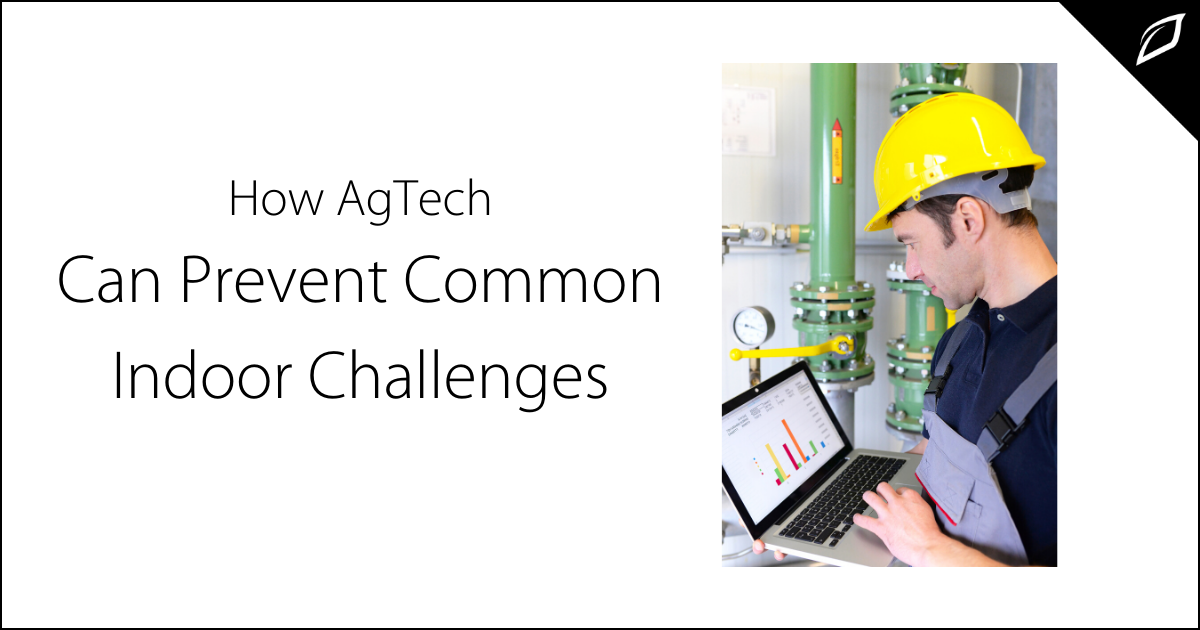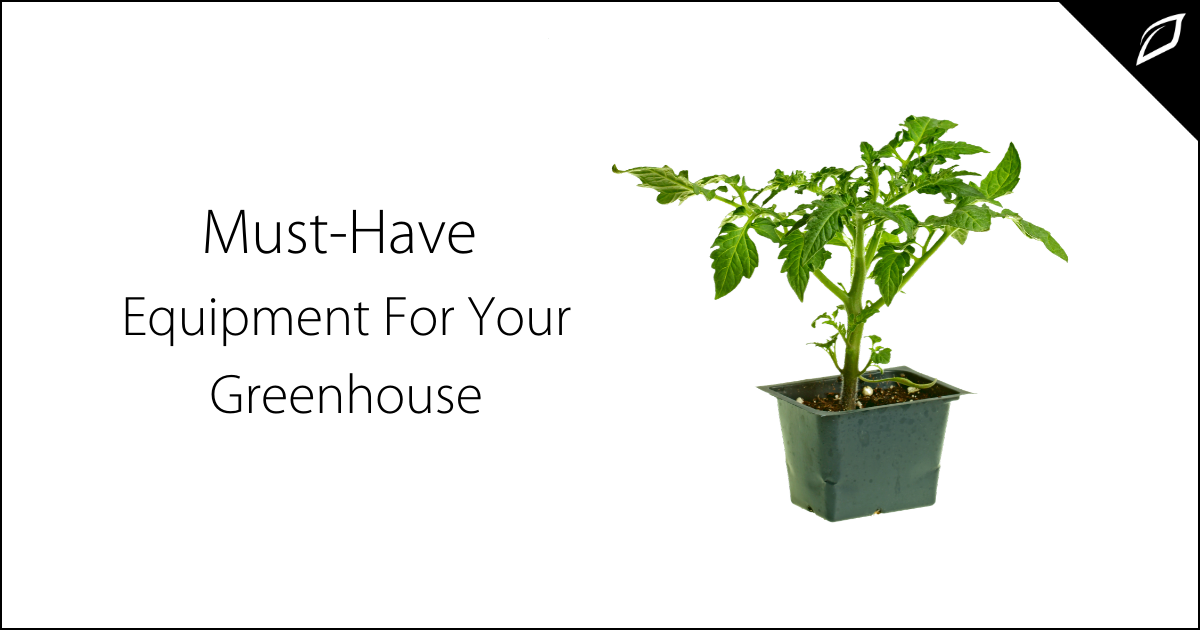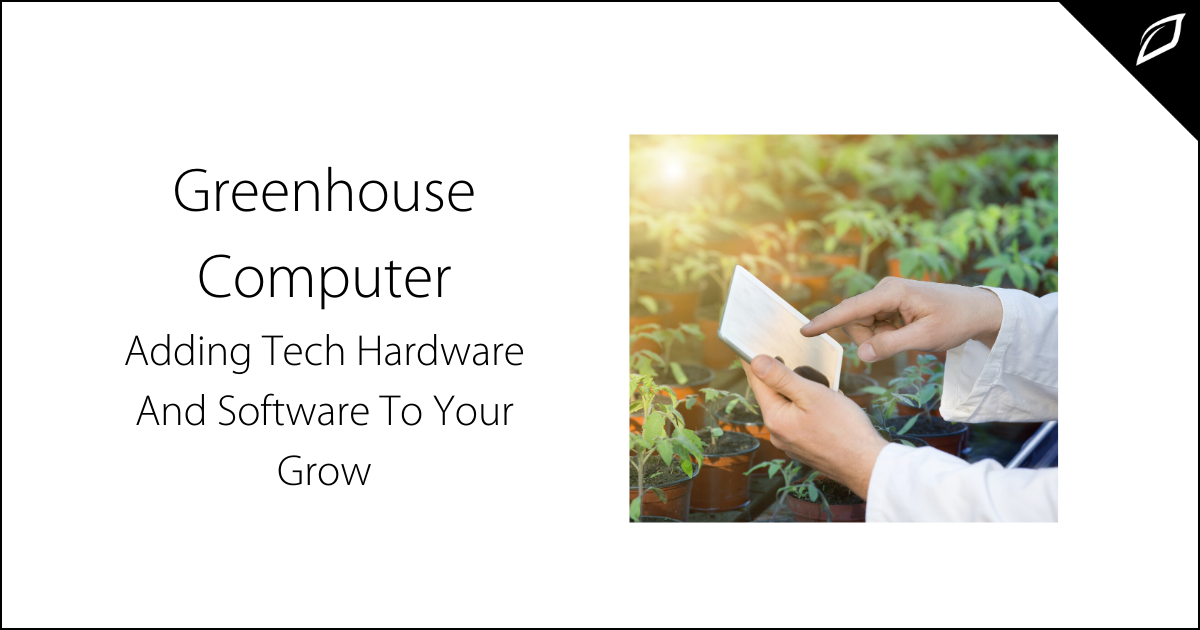How Ag-Tech Can Prevent Common Indoor Farming Challenges
Ag-tech tools deliver solutions for farmers to some of the most common, persistent growing issues. Smart sensors, monitors, and automated tools work...

Top Reasons To Upgrade Your Grow
Greenhouse and indoor grow cultivators have many options when it comes to how and what they automate. Whether it's fully automatic systems or semi-automatic systems, growers are reaping the benefits of commercial greenhouse and indoor vertical grow room agricultural automation.
What is greenhouse automation?
The typical greenhouse automation system deploys sensors that monitor and control different aspects of the growing environment. Most systems can control the majority of environmental factors like temperature, humidity, electrical conductivity, pH, carbon dioxide levels (C02), fertigation, light levels, and vents. Rules are then created based on reaching and maintaining ideal growing conditions. Here are some of the benefits of installing greenhouse automation.
Benefits of automated control systems in commercial greenhouses
Investing in a professional environmental automation control system for your indoor grow or greenhouse is a critical decision. Upfront costs can be costly, but price savings, increased yields, saving valuable resources, and better forecasting more than make up for the cost of creating the ideal growing environment.

Ag-tech tools deliver solutions for farmers to some of the most common, persistent growing issues. Smart sensors, monitors, and automated tools work...

Regardless of size, here is your must-have list of equipment before you start growing. Whether you're planning to grow fruits and vegetables for...

Adding Tech Hardware and Software To Your Grow Greenhouse computers and equipment have transformed how we grow. The IoT is pushing the future of...